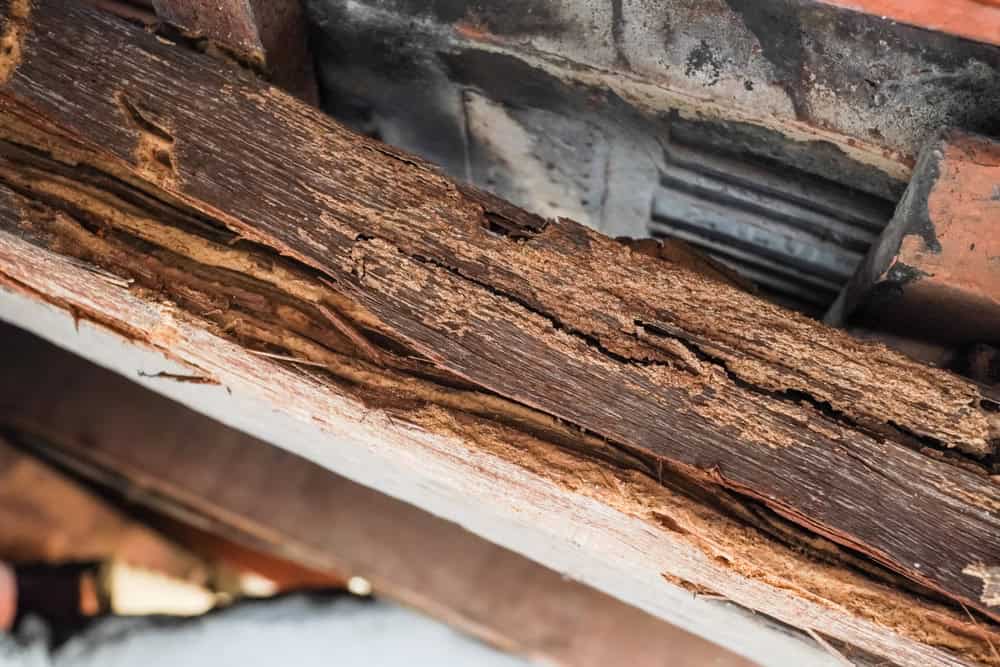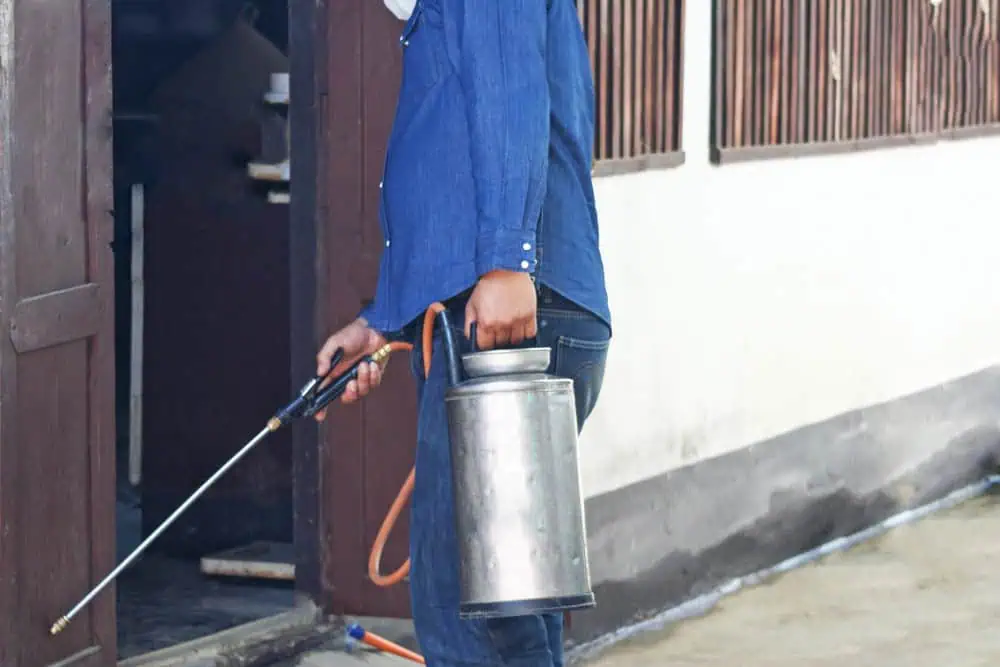Fast, thorough termite elimination that protects your biggest investment from costly structural damage.

Hear from Our Customers

You get complete peace of mind knowing your home is safe from termite damage. No more wondering if those small wood shavings mean trouble, or if that soft spot in your floor is getting worse.
Our termite treatment eliminates active infestations and creates a protective barrier around your property. You’ll sleep better knowing your home’s structure is secure and your investment is protected.
The result is a home you can enjoy without the constant worry of hidden damage eating away at your property value. Your family stays safe, your home stays strong, and you avoid the nightmare of discovering extensive structural damage down the road.
We at 86 Pest and Wildlife Removal have been protecting Dunbarton homes from termite damage with proven treatment methods and honest service. We understand New Jersey’s unique termite challenges and know exactly what to look for in local properties.
Our licensed technicians have seen every type of termite problem this area faces. We don’t oversell or create fear – we give you straight answers about what’s happening in your home and what it takes to fix it.
You’re working with professionals who live and work in this community. We stake our reputation on getting termite problems solved right the first time.

We start with a comprehensive termite inspection of your property, checking all the areas where termites typically enter and establish colonies. You’ll get a clear explanation of what we find and what it means for your home.
If we discover active termites, we create a targeted treatment plan using the most effective methods for your specific situation. This might include liquid treatments, bait systems, or localized applications depending on the extent and type of infestation.
After treatment, we monitor the results and provide follow-up inspections to ensure the termites are completely eliminated. You’ll know exactly when your home is clear and what steps will keep it protected going forward.

Ready to get started?
Your termite treatment includes a thorough property inspection, identification of all termite activity, and elimination of active colonies. We also address the conditions that attracted termites in the first place.
You receive detailed documentation of our findings, treatment methods used, and recommendations for preventing future infestations. We explain the signs of termite infestation to watch for and provide guidance on maintaining your home’s protection.
Our service covers both immediate termite elimination and long-term prevention strategies. You get the knowledge and tools needed to keep your home termite-free, plus ongoing support when questions arise.
